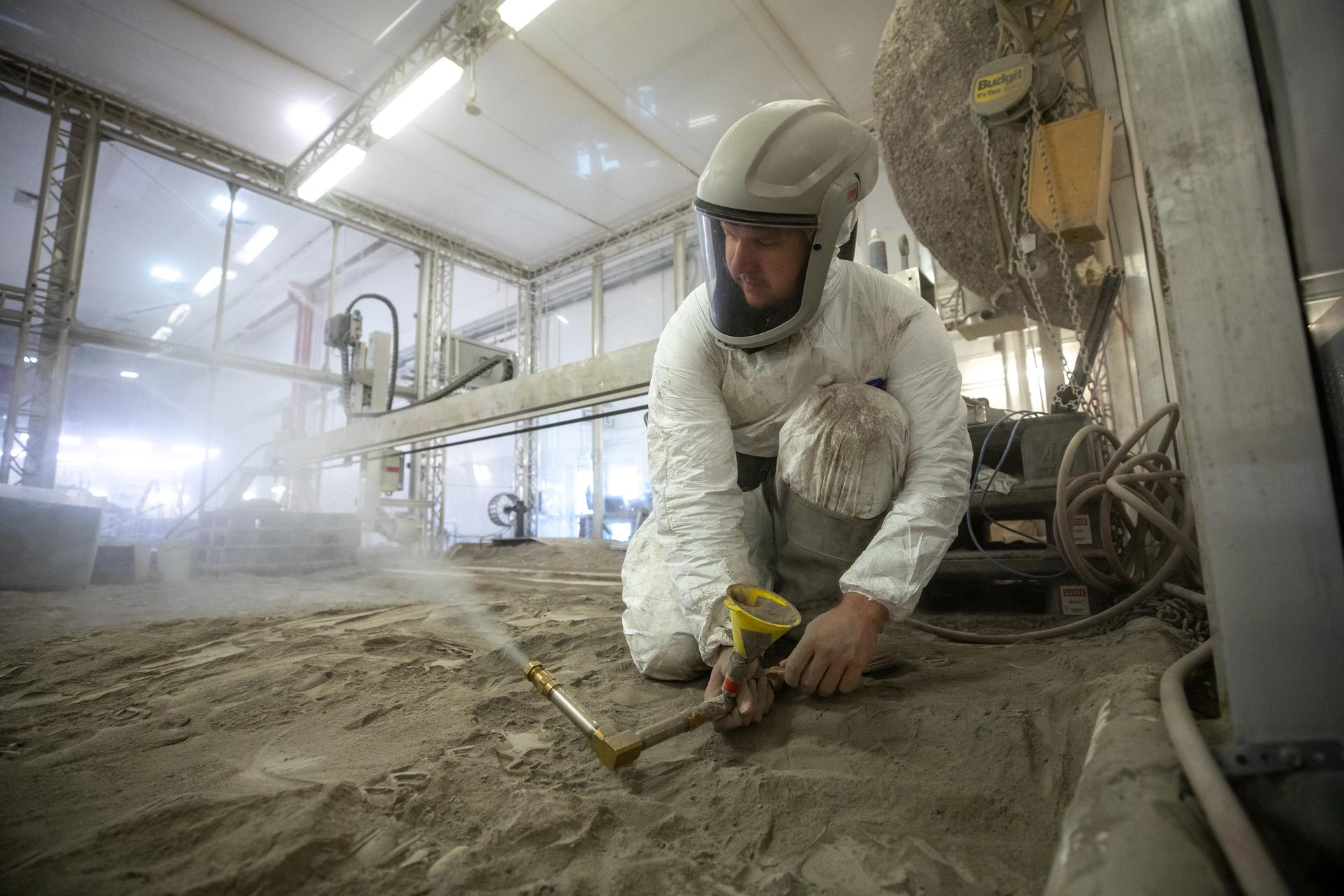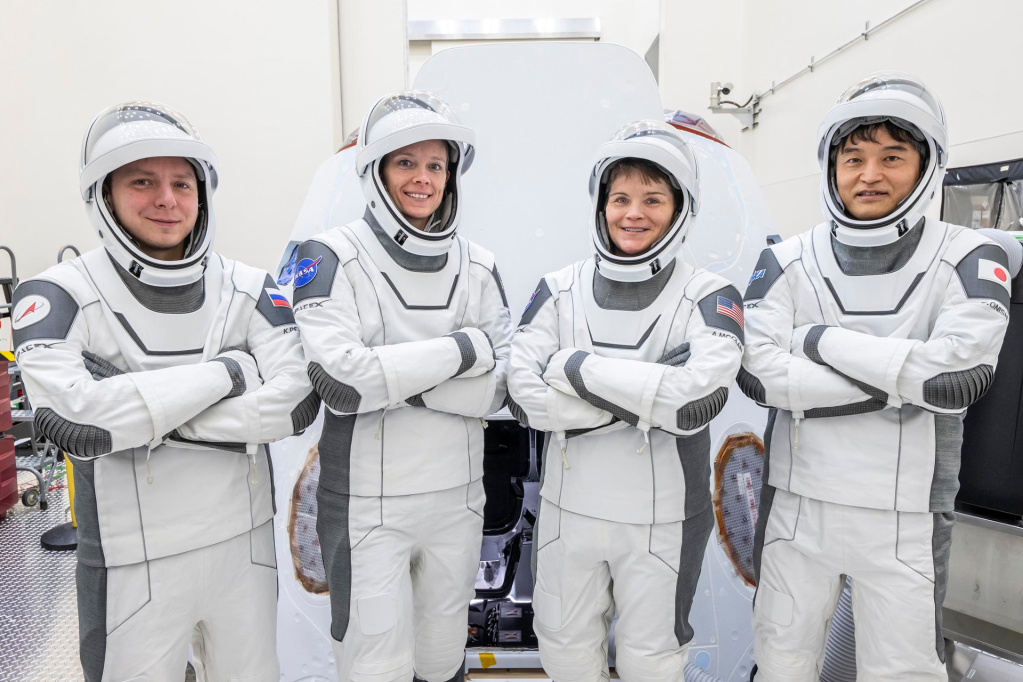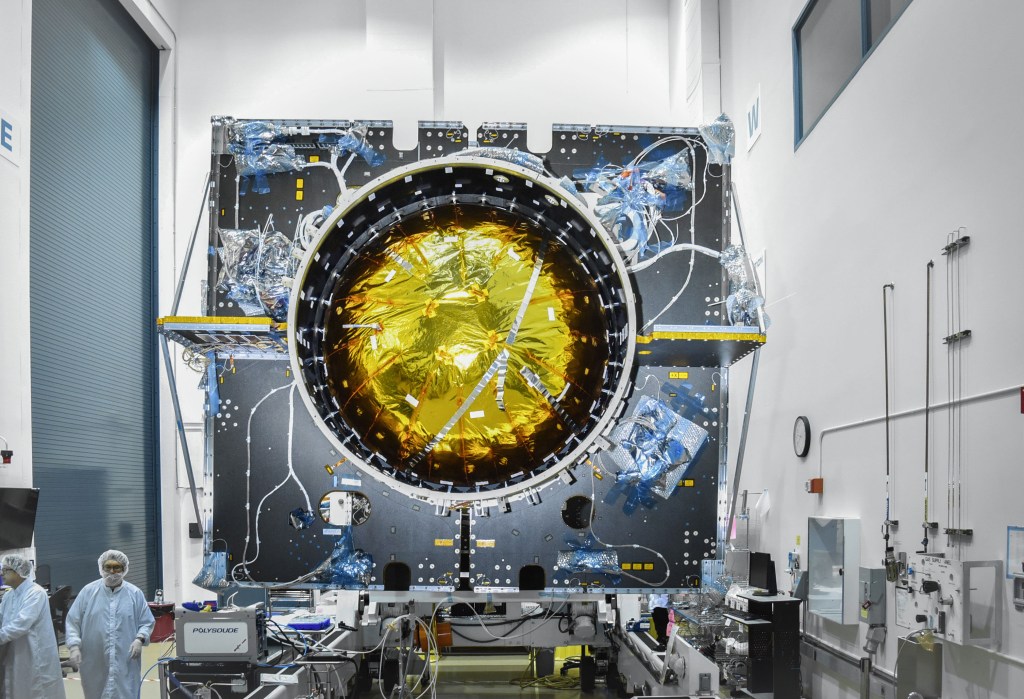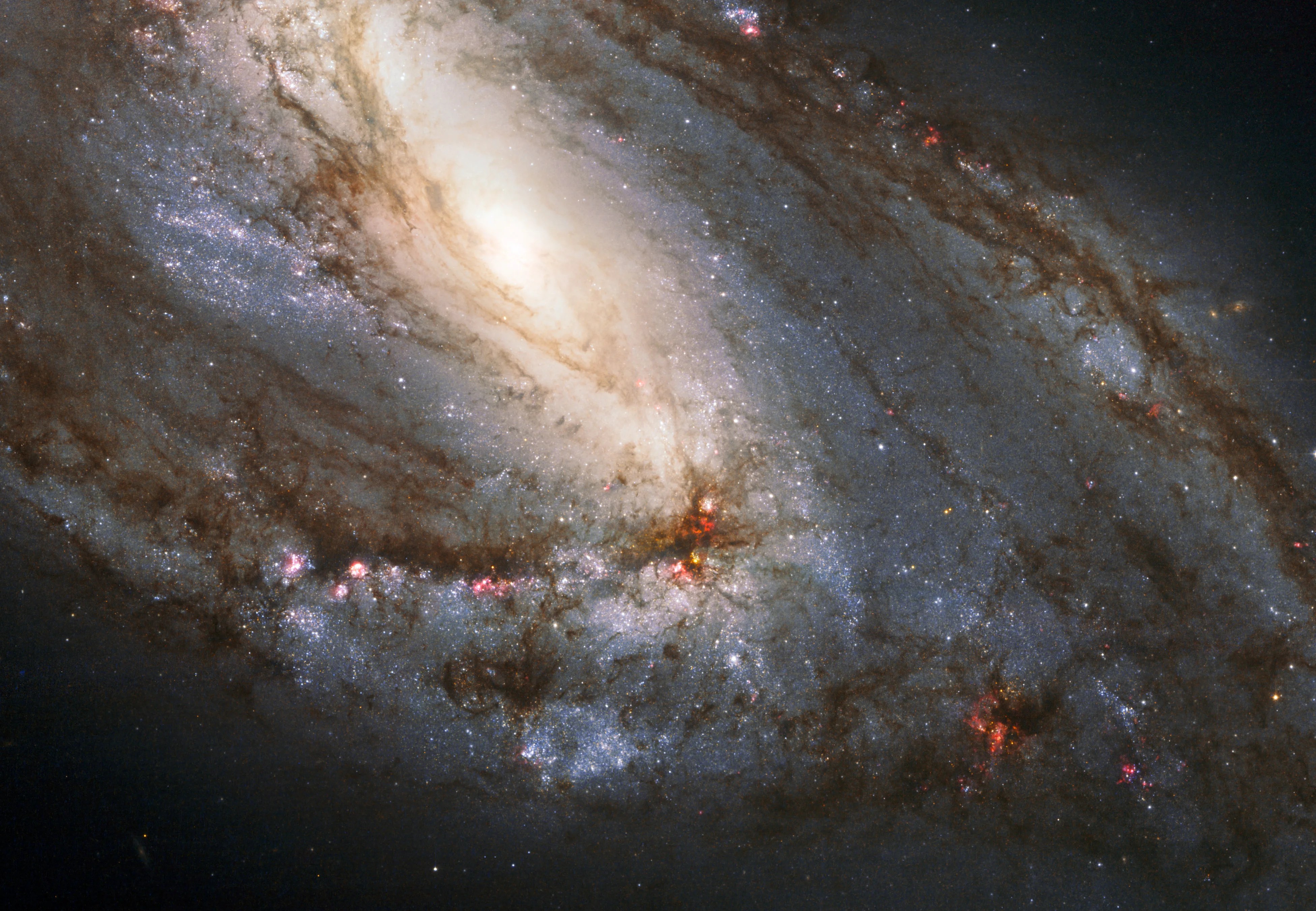
By Linda Herridge
NASA’s John F. Kennedy Space Center
To safely reach the Moon, a lunar lander must fire its rocket engines to decelerate the spacecraft for a soft touchdown. During this process, the engine exhaust stirs up regolith – the dust and rocks on the lunar surface – creating a host of potential challenges, from destabilizing the lander to damaging instruments and reducing visibility.
To dig into this problem, a team from NASA’s Kennedy Space Center in Florida is preparing 16 tons of a regolith simulant called Black Point-1 (BP-1) for use in experiments to better understand plume surface interaction – the behavior and effects of rocket exhaust plumes during landing.
Unlike the rocks or sand on Earth, which have undergone weathering and generally have rounded edges and corners, the dust and dirt particles on the Moon are irregularly shaped crushed rocks with many sharp angles. This makes lunar regolith very abrasive, and a good simulant on Earth must have similar properties.
“NASA compared BP-1 with regolith recovered from lunar missions and a number of other regolith simulants. The physical properties of BP-1 were similar to both,” said Rob Mueller, senior technologist and principal investigator in the Exploration Research and Technology programs at Kennedy.
The BP-1 simulant comes from the Black Point lava flow in northern Arizona. NASA has been using the volcanic site as a stand-in for the surface of the Moon since the Apollo Program, and later for simulating the surface of Mars.
The simulant is currently in use at NASA’s Marshall Space Flight Center in Huntsville, Alabama, where researchers are conducting tests in a vacuum chamber. Later tests using even larger rocket plumes and a bigger vacuum chamber are planned at the NASA’s Neil A. Armstrong Test Facility in Sandusky, Ohio. Better understanding the plume surface interaction phenomenon will help NASA mitigate landing risks to future Artemis missions to the lunar surface and help engineers design landers to minimize generating undesirable dusty situations around the landing site.
Although other lunar simulants exist, BP-1 is a commercial by-product of certain mining operations and is available on an industrial scale, which makes it economical to use in large quantities. One use for BP-1 is testing robots in a large enclosure in the Granular Mechanics and Regolith Operations (GMRO) lab, part of Swamp Works at Kennedy.
Nicknamed “the big bin,” the lab contains 120 tons of the simulant. Researchers in the GMRO and the Electrostatics and Surface Physics Laboratory have performed mobility, excavation, dust tolerance, and dust mitigation tests using BP-1 for NASA robots and other lunar surface exploration instrumentation headed to the Moon. Commercial robots also have been tested in the big bin.
“BP-1 is very dusty. Before we could use it in the Swamp Works lab or our Robotic Mining Competition, we worked with our center’s industrial health organization to make sure the fine particles weren’t inhaled,” Mueller said. “We acquired personal protective equipment to wear, which allows us to use it in the mining competition.”
To process the BP-1 to use in these testing environments, Kennedy researchers needed a way to remove all the moisture. James Mantovani, Ph.D., senior physicist in the GMRO lab, said his team developed a test procedure using a large oven for drying the simulant before shipping it to Marshall.
“In the end, these ground tests will provide data on plume surface interaction effects in a relevant vacuum environment that will enable predictive modeling to help us better understand and address the effects that high-speed dust particles could cause,” Mantovani said. “We need to mitigate any lunar surface erosion and cratering during landing and minimize the damage to equipment.”
The plume surface interaction ground tests also will be used to demonstrate how well different instruments can observe the cratering and high-speed particles that the rocket plumes cause. The best-performing instruments may be sent to the Moon on future landers, to observe landings in the actual flight environment.
These tests are part of the agency’s plume surface interaction project, which is funded by the Game Changing Development program within NASA’s Space Technology Mission Directorate.

























